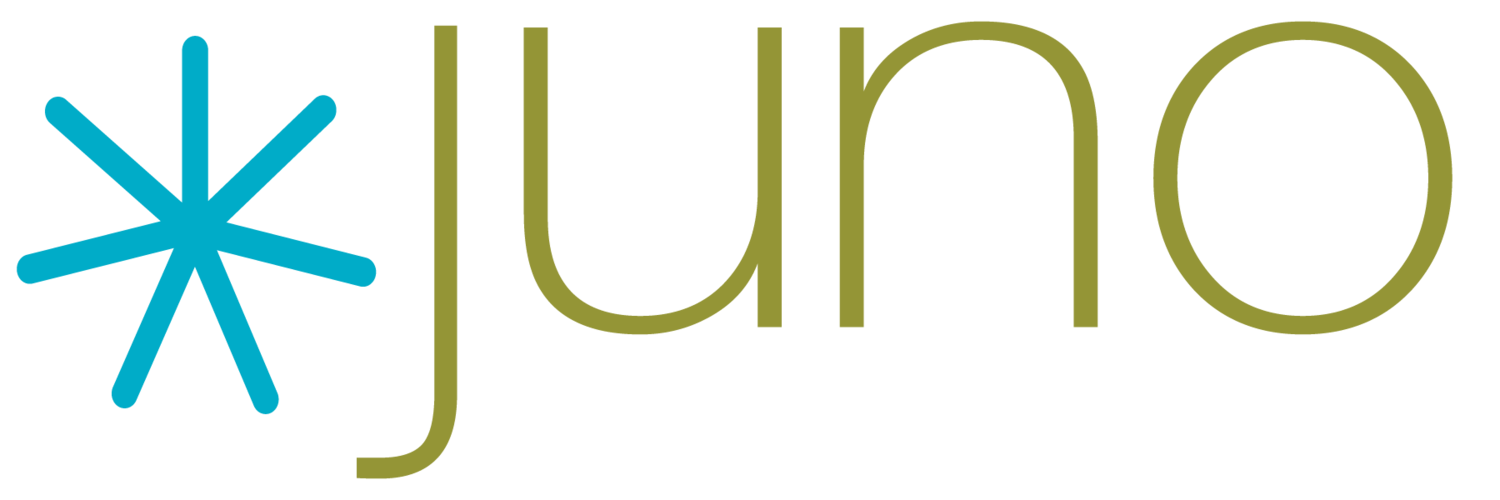The Sourcing Process: A First Step in Finding Your Next Hire
In beginning to write this blog (and with the help of an insightful coworker - thanks Jake Harris), I came to the realization that sourcing is not a one-size-fits-all process and that the nuance entailed is crucial to being successful in individual situations with different factors affecting the search. In this post, I’ll try to highlight some of the broadest areas possible that can basically apply in any situation and save some specific insights about particular platforms for later installments.
If the main focus of your role is to be a recruiter, with no candidate pipeline, you have nothing to offer to hiring managers.
Any successful search is going to begin with an intake call with the hiring manager or hiring team if multiple people will be involved. You can’t source the right talent if you don’t know what you’re looking for and if all you’ve done is read the job description- you don’t actually know what you’re looking for at all.
Set that meeting with the person or team involved and have a list of questions prepared to dig in deeper than what is on the page, where you might have flexibility, and what the person/team expects candidates to have in their background. This might uncover more than you bargained for, perhaps the team hiring actually has different opinions on what might work- this could serve as an opportunity for you to really act as a collaborative consultant and cultivate a conversation concluding in a consensus between those colleagues about candidate caliber.
Once you have this input and a solid idea of where to begin, my next step is usually to craft some messaging. I try to strike a balance between including exciting, enticing facts about the opportunity and company, without stretching into writing a short story. It’s going to be a judgment call and it is something you can edit and update and try new versions of, but “Hi, want a job?” is not going to cut it- nor will anyone read 5000-word messages detailing every aspect of the company background. Pick out and make visible factors like “bonus potential”, “hybrid/remote work”, “flexible hours”, “fully paid medical benefits,” or any other unique offering that will make someone pause and consider what you’re saying.
I like to have written messages prepared to easily create templates so I can move quickly once I start identifying profiles and also write a script for myself about what I will share on the first phone screen with a candidate, I end up committing it to memory most of the time through repetition, but it helps to have the important facts written down and a general idea of how I want to open the conversation and what questions to ask the candidate as things progress.
With that done I am now prepared to begin building a pipeline or sourcing list of candidates, that begins the next stage of your sourcing and there will be more on search criteria and platforms, and strategies to come…
We know good talent when we see it.
Our expertise extends across industries, and verticals, with a broad network of professionals at all levels. Whatever your talent needs, we deliver a solution in a way that best fits your unique organization.


